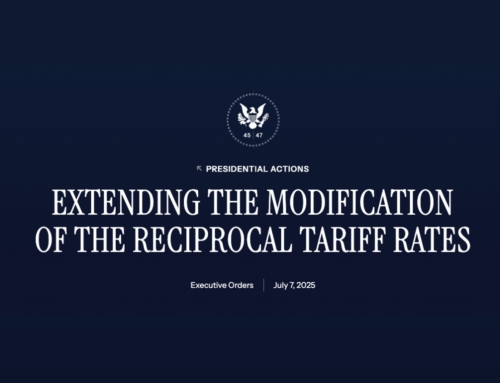I come from the operational side of freight transportation, so naturally, that’s my focus. I’ve built up a good amount of empathy for (often overworked) logistics managers and their (more overworked) staff. No matter the organization, their procedures or the individual operator’s role, responsibility and work-ethic, there always seems to be a severe shortage of the same thing – TIME!
- Sending and confirming bookings via e-mail.
- Hunting documentation discrepancies.
- Manually updating tracking spreadsheets.
- Fielding updates to purchasing and sales teams.
Sound familiar? Job creep is a reality in any industry, but the degree to which an organization lets it persist can tally up and bottleneck in freight transportation. That’s why supply chain managers throw up their hands and declare, “do you know much time it would take to switch to another forwarder?!” The honest answer is, I do.
And, no matter how large your organization, the answer will always be, “less time than you are wasting now.”
Let’s take a real-life example (names have been changed):
I met John Smith at a purchasing solutions conference roughly 4 months ago. We happened to sit next to each other during a local networking luncheon, and once he found out I worked in logistics, he really let it all out.
John was the Materials Manager at local parts manufacturer and he was frustrated, rightly so.
John spends his first few hours of the day assigning work to his operations team. Their system comprised of manual functioning spreadsheets and emails passed from department to department. Tracking seemed endless because of mixed transits and routings. The requirement of accurate Importer Security Filing (ISF) meant his team had to follow-up overseas constantly to ensure each shipment received the proper AMS match – to avoid a Customs exam or worse, a customs penalty (up to $10,000 USD).
Rolled bookings were not communicated timely, so John needs most afternoons coordinating between sales and purchasing to maintain delivery expectations; all while senior management was pressuring him to lower overall transportation costs. How was he going to reduce costs when he needed 10 more team members to handle his scaling supply chain?
I felt bad for John; we are all John.
Feeling sure I could remedy his situation, I walked him through several strategies to solve his supply chain woes. We talked about automation, better logistics designs, and how increased operational efficiency was a better long-term costs cutter than simply pushing down transportation costs – which leave you with the same problems and worse service.
Even though he knew my solutions would help, John hesitated, “There are so many moving pieces, I just don’t know how we’d find the time.”
I hear this simply too often, and it’s a complete misperception.
John quickly discovered that switching freight providers is much easier than he thought. Over the course of a few short meetings, we worked out a set-up that allowed us to take the most time-consuming tasks off John’s (and his team’s) desk.
In total, the scary switch took roughly 10 hours to transition. John and his team now have access to an automated management system with live real-time shipment updates allowing them to book and track their import shipments with a few clicks, communicate status updates to stakeholders and managers without delay, and ship their inventory to customers immediately after receiving the order from the customers.
Those ten hours gave John back his evenings with the family, reduced his blood pressure, and even enough time for a few golf games on the weekends.
While I cannot slow down the Earth’s rotation and add a few hours to the day, I can help you discover and eliminate the excess in your operational supply chain, and take some real work off your desk.






